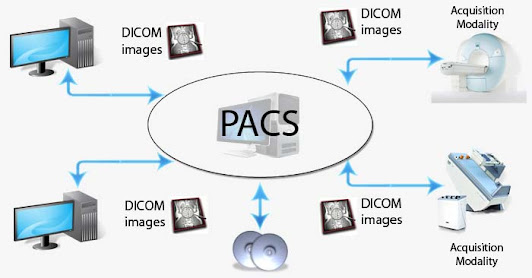PACS Systems & Its Advantages and Benefits
Hard copy will be replaced in this:
PACS can replace hard-copy based means of managing medical images, such as film archives. With the decreasing price of digital storage, they provide a growing cost and space advantage over film archives in addition to instant access to prior images at the same institution. Digital copies are referred to as soft-copy.
Electronic image integration platform:
It provides the electronic platform for radiology images interfacing with other medical automation systems such as Hospital Information System (HIS), Electronic Medical Record (EMR), Practice Management Software, Radiology Information System (RIS), among others.
Access files from Anywhere:
It expands on the possibilities of conventional systems by providing capabilities of off-site viewing and reporting (distance education, telediagnosis). It enables practitioners in different physical locations to access the same information simultaneously for teleradiology.
Benefits for the patients:
Reduced radiation exposure from x-ray equipment.
Shorter examination times.
Reduced radiation exposure as a result of less need for retakes of images.
Reduced patient inconvenience in attending hospitals for examinations
Reduced chance of adverse reaction to contrast agents.
Benefits to the referring physician:
Better patient management/earlier intervention.
Better patient outcomes.
Reduced length of stay.
Reduced legal costs due to maladministration on the loss of films, lack of patient history, etc.
Benefits for the hospital:
Better communication with physicians.
Better hospital administration.
Better training of radiology and other students through access to online image files and to digital teaching files.
Greater staff retention due to improved morale.

Comments
Post a Comment